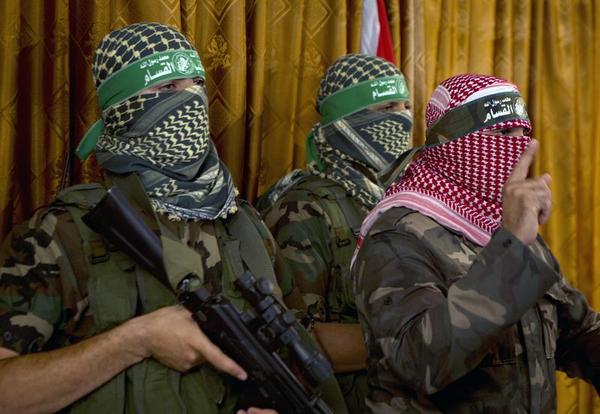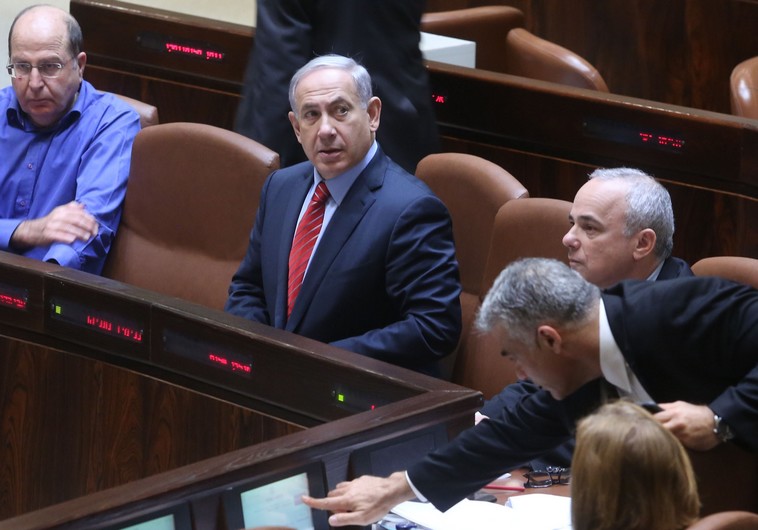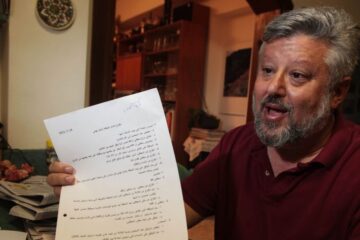Watching your own home being demolished is one of the cruelest government acts that one can experience. Every time I witness a Palestinian home in Jerusalem or in the West Bank being demolished by Israel, I am deeply pained. Feelings of anger and frustration increase exponentially when I see the expressions of the family members as they see their home being destroyed by forces that essentially represent me and my people. At least one-third of all Palestinian homes in east Jerusalem lack an Israeli-issued building permit, potentially placing over 100,000 of the 350,000 Palestinian residents at risk of becoming homeless with demolition orders potentially hanging over them.
Demolitions of homes in east Jerusalem are on the rise. Since the beginning of January 2021 through the end of May 2021, there have been a total of 61 demolitions in east Jerusalem, 33 of which were housing units and 28 of which were non-residential structures. Between 2016 and 2019, 385 housing units were demolished in east Jerusalem with an average of 96 housing units per year – nearly double the annual average in the preceding decade. In 2020, a record-high 144 housing units were demolished, constituting a further 50% increase from the year’s prior.
At the same time, almost no urban planning has taken place by the Israeli authorities in east Jerusalem for Palestinians. Palestinians lack 30,000 to 40,000 housing units at the present time and with a young population the need for new housing will continue to rise rapidly. Until recently the city grants around 250 building permits to Palestinians each year. In 2020, the Jerusalem District Planning Committee advanced detailed outline plans that included 12,672 housing units. Of those, only 9% – 1,142 units – were designated for Palestinian neighborhoods. The Palestinian population, however, currently constitutes 38% of the city’s residents. According to the municipality’s statistics, between 1991 and 2018, building permits were issued for 57,737 housing units in Jerusalem. Only 9,537 housing units (16.5%) were located in Palestinian neighborhoods. Some 48,171 housing units (83.5%) were located in Israeli neighborhoods.
I live in Kiryat Hayovel in Jerusalem. My neighborhood is experiencing the largest building boom since it was first constructed in the 1950s. Urban renewal is currently the primary approach to increasing the number of available apartments in Jerusalem. The practice, involving removing existing tenants to renovate or replace old buildings, is known in Hebrew by the rhyme “pinui-binui” (eviction-construction). In 2014 the Urban Renewal Administration was established in Jerusalem. The administration operates under the auspices of the Jerusalem Development Authority. The Urban Renewal Administration receives its budget from the Jerusalem Municipality, the Jerusalem Development Authority and Housing Ministry. According to the Jerusalem Municipality’s published budgets, the funds dedicated to promoting and subsidizing urban renewal totaled NIS 8.47 million ($2.66m.) in 2019 and increased to NIS 9.72m. ($3.076m.) in 2020. Private developers cannot initiate urban renewal projects without the support and involvement of the state, which is accountable to the needs of the current tenants of the building. It likewise oversees the improvement of existing infrastructure to accommodate the increase in tenants and is responsible for funding and subsidizing the major costs of such large-scale projects.
THE URBAN Renewal Administration aids home-owners and developers in the complex and expensive processes involved in removing residents from their homes and building anew on top of the property lot. The aid they provide includes assessment of economic feasibility, advancing the planning process and aiding in attempts to acquire agreement from all the current tenants (often involving mediation and negotiation). The state subsidizes urban renewal projects in various ways, including exemptions from various taxes on property improvements, and allocations of land to urban renewal developers to make projects economically viable. When discerning its involvement in various projects, the Urban Renewal Administration focuses its activities in Jerusalem’s Israeli neighborhoods and addresses itself to the city’s Israeli residents.
Advancing urban renewal projects is already a difficult undertaking – in the city’s Palestinian neighborhoods it will require navigating a host of unique barriers on the path to implementation: from ascertaining private land ownership; to the cultural and communal aspects that make multi-story residential buildings more unfeasible; to the severe dearth of adequate infrastructure (transportation, electricity, water, sewage, roads – all of which are in dire need of improvement and investment if they are to provide for the increased population that urban renewal projects allow).
If urban renewal can even be implemented in east Jerusalem, these barriers must all be addressed and tailored solutions must be proposed. But the relevant bodies – the government’s housing cabinet, the Interior Ministry’s Planning Department for the Jerusalem district, etc. – so far show no investment whatsoever in furthering urban renewal initiatives in east Jerusalem, nor in problem-solving and making proposals tailored to the Palestinian population. Even the minimal and marginal attempt last year to advance urban renewal in east Jerusalem, by appointing a Palestinian planner to this portfolio, was the initiative of the Urban Renewal Administration and therefore is denied the State level support that would be needed to respond to these barriers. That Palestinian urban planner was employed for less than one year and has not been replaced.
The Holy Land Bond, a new British based investment fund launched by British investment banker James Holmes, which I am now working with, proposes to work with the Jerusalem Municipality, the Urban Renewal Administration, and the Jerusalem Development Authority to develop a model for urban renewal specifically addressing the difficulties of building in east Jerusalem in Palestinian neighborhoods. Our proposal is that a specific area in one of the Palestinian neighborhoods will be selected by the Municipality where a high level of demolition orders exist or where the buildings in the area are illegal according to Israeli law. According to our proposal, the Jerusalem Municipality will agree to freeze all demolition orders during the period of time allocated for developing and implementing the urban renewal project.
The Holy Land Bond, together with the Municipality, will identify a Palestinian developer to work with in all phases of the project. The work undertaken will be to meet with the residents, organize them and enlist their support in developing an urban renewal project that will enable the agreed demolition of homes and structures, the construction of legal homes and structures, the development of the necessary and legal infrastructure. This process, to be economically feasible, will include significantly increasing the number of housing units per land unit which the developer will be able to lease and or sell. The Holy Land Bond expects that the urban renewal projects for Palestinians in east Jerusalem will receive the identical benefits from the State mechanisms as are received by projects for Israelis in Jerusalem.
The Holy Land Bond may agree to add additional resources at its own expense to confront some of the unique issues of east Jerusalem. Our proposal is to develop the model, to succeed in its implementation and to have it duplicated in other parts of east Jerusalem.


